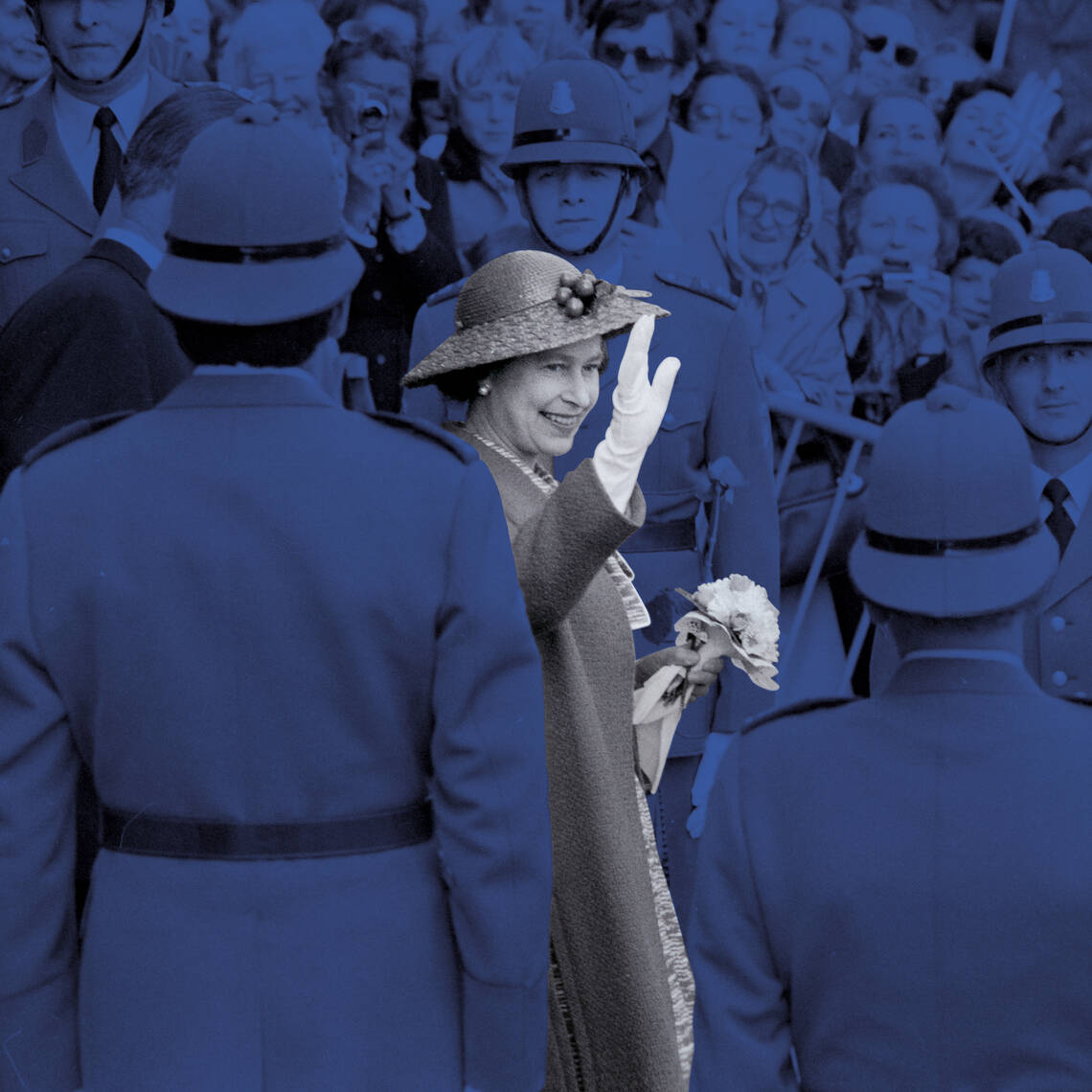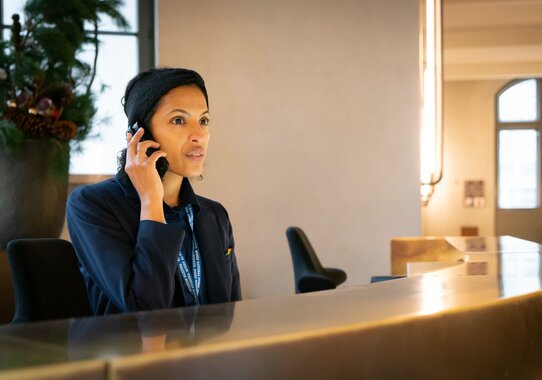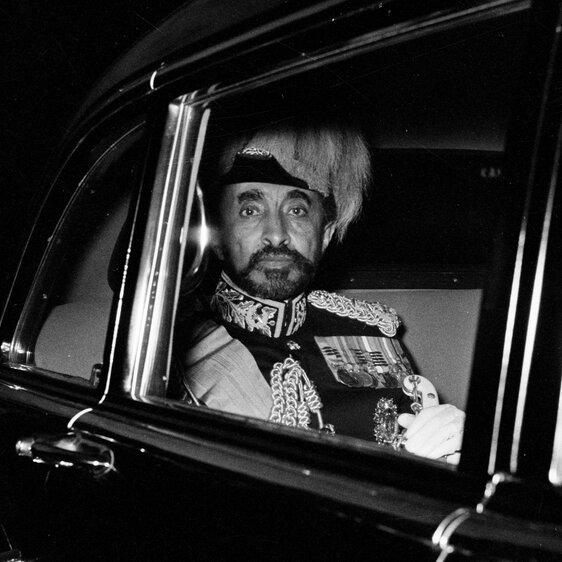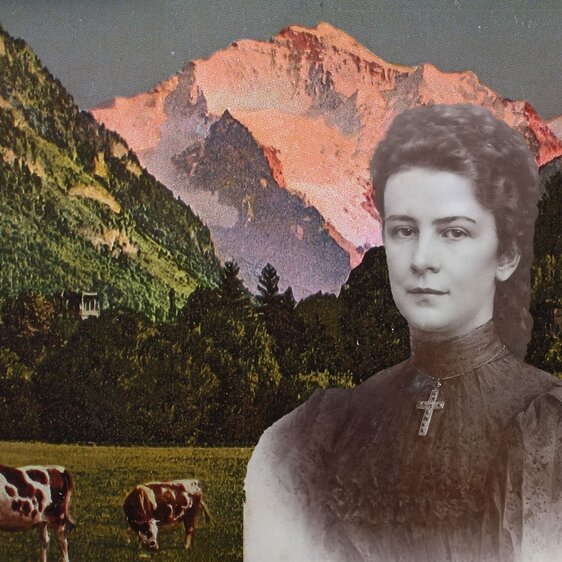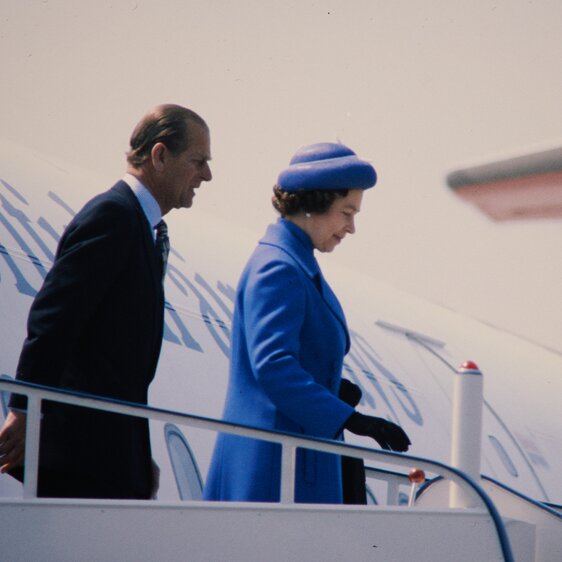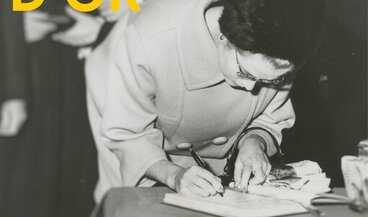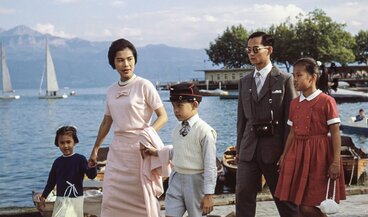National Museum Zurich
| 13.6.2025 - 9.11.2025
They reigned over kingdoms, were defining figures of their respective epochs – and had a penchant for visiting Switzerland. A new exhibition at the National Museum Zurich opens a fascinating window into the close, often surprising relationship between Switzerland and foreign monarchs. It demonstrates how royalty used Switzerland as a retreat, a stage and a negotiation venue – and how the public responded with amazement, enthusiasm and cynicism.
Sovereign heads of state left a lasting impression on Switzerland despite the country having no royal tradition of its own. Many monarchs have come to the Confederation since the 19th century: for recuperation, exile or on diplomatic visits. The exhibition looks at why democratic Switzerland cultivated such a deep connection with the monarchy. With surprising anecdotes plus photographs, written documents and some personal items belonging to the royals, the exhibition brings to life the chequered relationship between Switzerland and the European monarchies.
Elizabeth, Empress of Austria, known as Sisi, was a frequent visitor to Switzerland – always searching for peace and nature far away from the royal court. She was very well known and her efforts to travel incognito were not always successful. In fact, her last visit had a tragic ending: she was murdered by Italian anarchist Luigi Lucheni in Geneva on 10 September 1898. The crime shook Switzerland – church bells rang and thousands lined the cross-country funeral procession, including five federal councillors. One of the objects on display in the exhibition is the file used to stab Sisi. The canton of Geneva gifted it to the University of Vienna in 1965 – 60 years later and it is now back in Switzerland for the first time.
King Ludwig II of Bavaria was also fascinated by Switzerland, especially the Rütli, the symbolic birthplace of Swiss democracy. In 1865 and 1881, he travelled to Lake Lucerne under a pseudonym and dreamt of building a castle on Rütli meadow. Switzerland was a place onto which he projected his political and romantic yearnings – dreams destined to remain unfulfilled.
Emperor of Ethiopia Haile Selassie had more specific aims when he visited Switzerland in 1954. Over 100,000 people came out to see him in Bern. Unlike other monarchs, Haile Selassie was not interested in the mountains during his trip. He wanted to see the modern, industrial Switzerland. He saw Switzerland as a potential trading partner, as a major modernisation drive was to make Ethiopia Africa’s most progressive country. Haile Selassie also had other business in mind: he visited Zurich arms producer Emil Bührle, who was to supply him with weapons despite an export ban in place at the time. The exhibition shows a lion hair from the Ethiopian Emperor’s hat, discreetly plucked by a Swiss military officer as a souvenir.
The exhibition will also run from 19 March to 10 October 2027 in an adapted format at the Château de Prangins.

